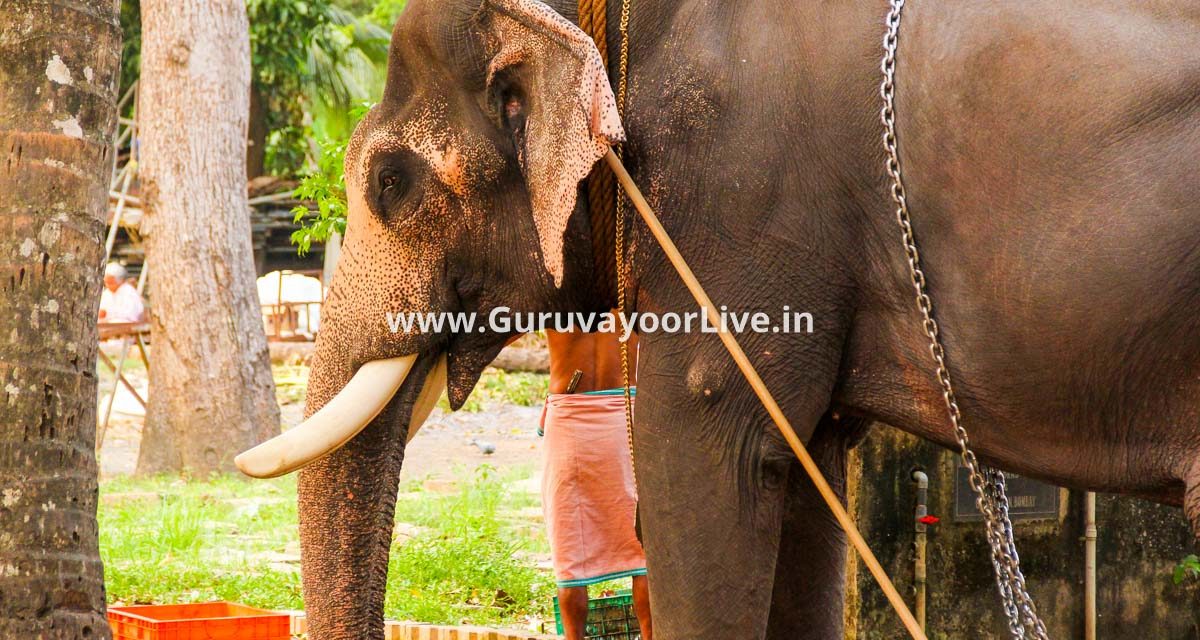

Punnathurkotta is a fort and former palace located in Kottapadi, about 2 km from the Guruvayoor Sree Krishna Temple, in Thrissur District of Kerala State in South India. Punnathurkotta was once the palace of a local ruler, but the palace grounds are now used to house the elephants belonging to the Guruvayoor temple and has been renamed Anakkotta (meaning “Elephant Fort”). There were 86 elephants housed there, but currently, there are about 59 elephants. The elephants are ritual offerings made by the devotees of Lord Guruvayurappa.
Names of Elephents Present Guruvayur temple :
- Padmanabhan
- Ramankutty
- Narayanankutty
- Thara
- Radhakrishnan
- Junior Lakshmanan
- Nandini
- Gopalakrishnan
- Kannan
- Krishnan
- Madhavankutty
- Devi
- Sathyanarayanan
- Vishnu
- Rajasekharan
- Ramu
- Kesavankutty
- Gopeekrishnan
- Vinayakan
- Kesavan
- Achuthan
- Sreedharan
- Nandan
- Indersen
- Chandrasekharan
- Indersen
- Nandan
- Lakshmikrishna
- Sankaranarayanan
- Balu
- Madhavan(junior)
- Devadas
- Gopeekannan
- Resmi
- Balakrishnan
- Junior Vishnu
- Murali
- Vineethkrishnan
- Ravikrishnan
- Sidharthan
- Mukundan
- Navaneethkrishnan
- Junior Kesavan
- Balaram
- Gokul
- Sheshadri
- Gajendra
- Peethambaran
- Damodardas
- Keerthi
- Aadhithyan
- Lakshminarayanan
- Ananthanarayanan
- Sreekrishnan









